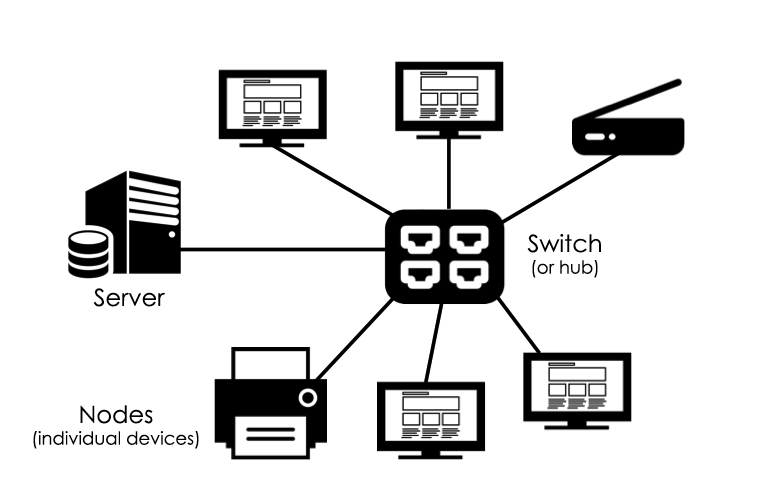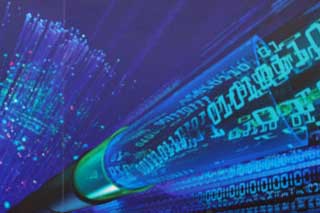AQA Computer Science GCSE
Networks – the Basics of Computer Networks
Computer networks are everywhere, linking devices together to make them more powerful and increase our own efficiency.
We use networks all the time: at school; at work; at home; and, increasingly, when we're anywhere. Our networks can be wired or wireless and you need to know the advantages and disadvantages of each.
![]() Networks intro – slides
Networks intro – slides
![]() Networks – "text book" resource
Networks – "text book" resource
Wireless and Wired Networks
There are advantages and disadvantages to each type of network.
![]() Advantages and Disadvantages of Wired and Wireless networks – a summary
Advantages and Disadvantages of Wired and Wireless networks – a summary
This content links to Unit 8 – Wireless networking. This means it could easily be the subject of a longer question and you need to be able to deal with Ethical, Environmental and Legal points.
3 Types of Network
Networks can be classed as LAN, WAN or PAN in terms of the area they cover.
![]() LAN, WAN and PAN types – detail with activities
LAN, WAN and PAN types – detail with activities
![]() Network types table – to complete
Network types table – to complete
Network Topologies
A network topology is how a set of devices are organised. You only need to know about Bus and Star topologies.
![]() Network Topologies – detail
Network Topologies – detail
![]() Topologies Questions - activities to do
Topologies Questions - activities to do
You need to be able to draw and label each topology – assume there will be 3 marks for doing this. Make sure you only include what's asked for – so if they ask for a three computer network with a printer, only draw those things (not a server, for example).
Bus Topology Diagram:

Star Topology Diagram:

